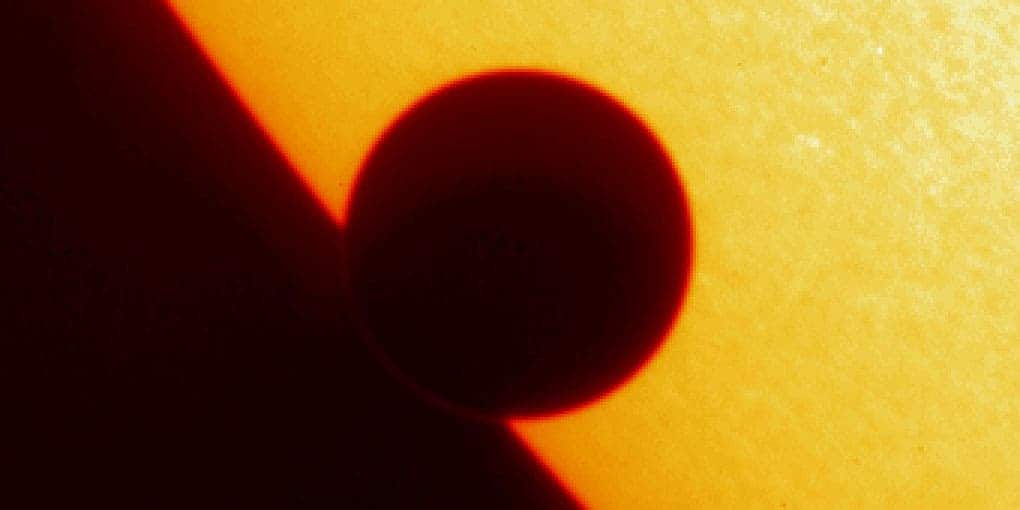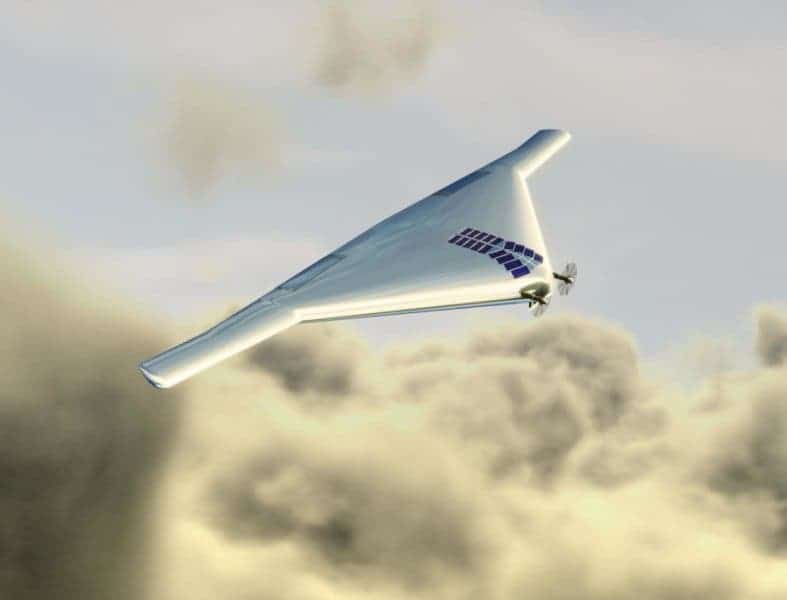An international team of researchers thinks Venus might hide life — floating around merrily in its atmosphere. To find out, they plan to send a half blimp, half plane robot to the scorching planet.

Image credits NASA / JPL.
Here on good ole’ Earth, microorganisms — mostly in the shape of bacteria — can and often do get swept up into the atmosphere. They don’t even mind it that much; using specially-equipped ballons, researchers have detected these critters alive and well at altitudes as high as 41 kilometers (25 miles) above sea level. We also know of several different strains that can survive in ridiculously harsh environments, from the hot springs of Yellowstone and deep ocean hydrothermal vents to acid lakes or radioactive sludge.
These tidbits might seem unrelated at first, but a research team led by planetary scientist Sanjay Limaye of the University of Wisconsin-Madison’s Space Science and Engineering Center believes that when you put the two together, they suggest life might exist on Earth’s closest neighbor — scorching Venus.
Lovely goddess, dreadful planet
So first thing first — does life have a realistic chance of sprouting up on Venus, given the planet’s notoriously hostile conditions? According to the team, yes. They note that some climate models of the planet’s history suggest that Venus had what we’d consider a habitable climate, with liquid water and stable surface temperatures, for about 2 billion years. That would be “plenty of time” for life to evolve on its own on Venus, according to Limaye — adding that it’s “much longer than is believed to have occurred on Mars”.
The second question is whether any indigenous life form could have survived the wanton climate change that turned Venus into the hellscape it currently is. According to paper co-author Rakesh Mogul, a professor of biological chemistry at California State Polytechnic University, Pomona, life on Earth has already shown that biological systems can thrive in “very acidic conditions, can feed on carbon dioxide, and produce sulfuric acid. That is actually a very important piece of the puzzle since Venus’ atmosphere is composed mostly of carbon dioxide, water droplets, and sulfuric acid.
Perhaps the most convincing argument in favor of life on Venus is the fact that a series of space probes launched to the planet between 1962 and 1978 showed that temperature and pressure levels in the lower and middle layers of its atmosphere (40 to 60 kilometers / 25 to 27 miles) could harbor microbial life as we know it. The surface, however, basking in a somewhat excessive average temperature of 450 degrees Celsius (860 degrees Fahrenheit), looks decidedly uninhabitable.
The idea to check for life in Venus’ atmosphere caught root by chance at a teachers’ workshop; it started with co-author Grzegorz Słowik from the University of Zielona Góra, Poland, who mentioned to Limaye that there are bacteria on Earth whose light-absorbing properties match those of unidentified particles that form dark patches in the iconic clouds of Venus.
“Venus shows some episodic dark, sulfuric rich patches, with contrasts up to 30-40 percent in the ultraviolet, and muted in longer wavelengths. These patches persist for days, changing their shape and contrasts continuously and appear to be scale dependent,” says Limaye.
Spectroscopic observations showed that the dark patches are composed of concentrated sulfuric acid and other unknown light-absorbing particles. The dimensions of the particles in these patches match some bacteria on Earth; however, none of the instruments we’ve so far sent to Venus could distinguish between organic and inorganic compounds, so beyond these observations, the particles remained a mystery.
Enter the VAMP

Image credits Northrop Grumman Corp.
It would be quite easy to test for microorganisms in Venus’ atmosphere if we could get another robot to the planet. And, as luck would have it, one such craft is already in the works: Northrop Grumman’s Venus Atmospheric Maneuverable Platform, VAMP for short. This part plane, part blimp vessel was designed to roam the Venusian atmosphere and gather data that would help scientists understand what went wrong in Venus’ past to send it down such a different path from Earth — Venus is often called our planet’s twin, due to striking similarities in mass, gravity, chemistry, and general evolution (with the key difference that Venus is a boiling acid bubble).
The VAMP is already designed to stay aloft in Venus’ cloud layer for up to a year at a time to gather data. It will carry instruments used for this task — Limaye says a Raman Lidar, meteorological and chemical sensors, and spectrometers are likely — but it could be easily adapted to also carry a microscope to let it test for living microorganisms.
“To really know, we need to go there and sample the clouds,” says Mogul. “Venus could be an exciting new chapter in astrobiology exploration.”
The team is also harboring hopes that NASA might secure some extra shuttle space in Russia’s upcoming Roscosmos Venera-D mission, now slated for the late 2020s, for the task. Current plans for Venera-D include an orbiter, a lander, and a NASA-contributed surface station and maneuverable aerial platform. We’ll have to wait and see if the current political climate and Russia’s unenviable position in the global diplomatic pecking order will get in the way of exciting science. It might.
Whether the team manages to pack and ship their microscope aboard the Venera-D or VAMP remains to be seen. No matter how it goes, however, the team has a chance of being the first to discover alien life — in one of the places we’d have considered most inhospitable.
Let’s hope that the goddess of love will surprise us where the god of war has shown himself stubbornly — if character-fittingly — devoid of life.
The paper “Venus’ Spectral Signatures and the Potential for Life in the Clouds” has been published in the journal Astrobiology.


